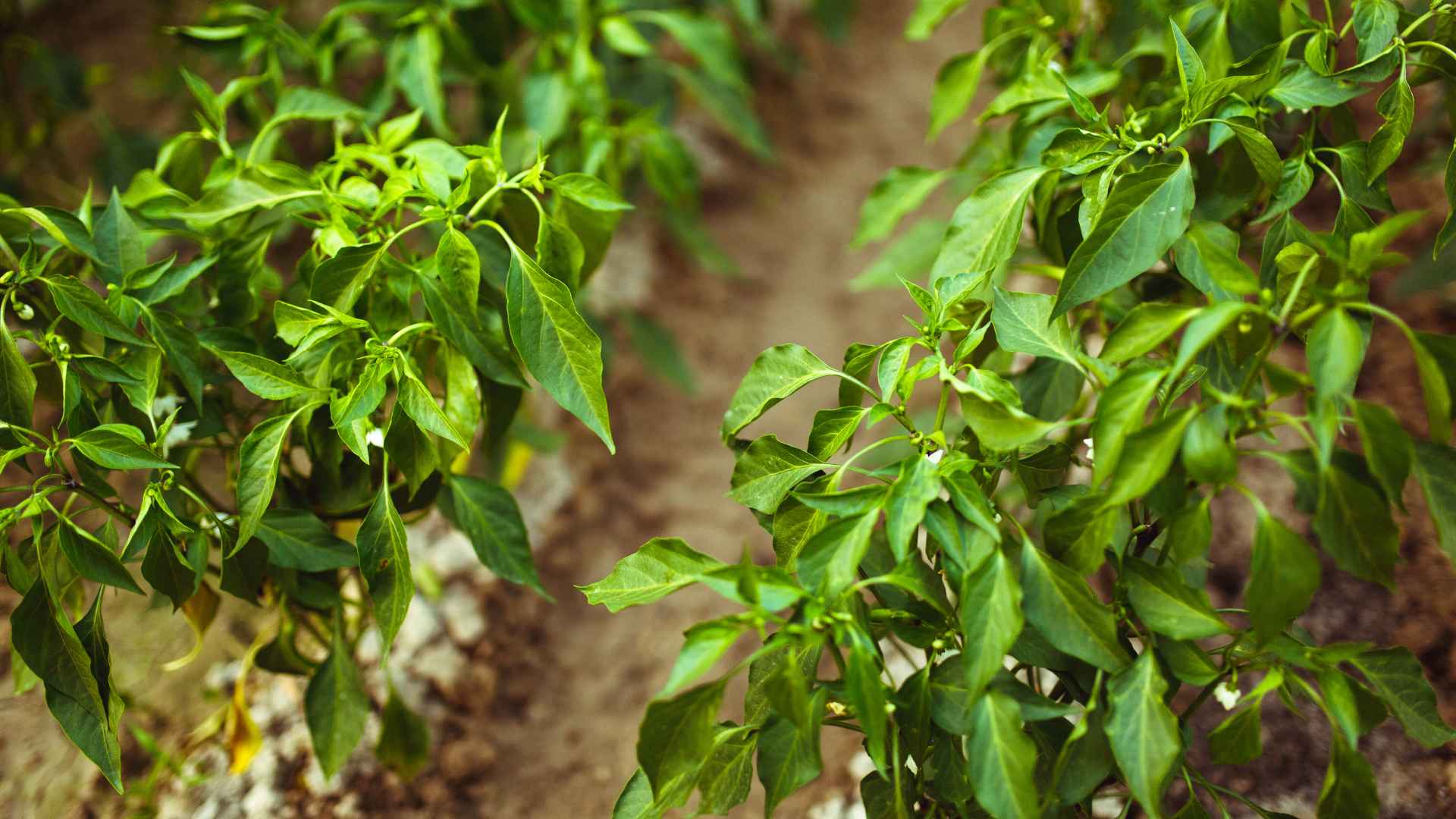
Plant phenotyping is the analysis of morphological, physiological and biochemical properties of plants. This includes traits such as phenotype (P), genetic make-up (G) and environmental conditions (E).
Plant phenotyping is an emerging field in which non-destructive, image analysis-based methods have been applied to study a wide range of phenotypic traits of plants. Moreover, it has become a toolbox to analyze plant breeding experiments and precision agriculture trials.
What is plant phenotyping?
Plant phenotyping is a broad term that refers to the characterization of all processes and structural changes that occur in plants during growth and development. This includes a cascade of processes from the genome to the RNA (transcriptomics) and protein levels (proteomics).
While DNA provides information on plant genetics, phenotypes are a result of multiple, dynamic feedback loops between genotype and environment. These feedback loops are triggered by different environmental factors such as water supply or nutrient availability and can result in a variety of observable phenotypes at various organizational levels.
In order to characterize the phenotype of a plant, many methods have been developed and used. Among these are non-destructive optical analyses based on images such as chlorophyll fluorescence or spectroscopy.
What is the purpose of plant phenotyping?
The aim of plant phenotyping is to increase food production to feed a rapidly growing world population and to ensure that food security is not jeopardised by climate change or resource depletion. For this purpose, new varieties are needed that can be adapted to contrasting environmental conditions.
However, the rate of improvement in yields is typically below 1% per year and this means that it will take a significant amount of time for new varieties to become commercially available. This is where phenotypic selection plays a crucial role in breeding.
To support the selection of new varieties, high-throughput plant phenotyping (HTPP) is an essential tool. It provides a large set of data to assess the performance of new genotypes, and to monitor their responses to biotic and abiotic stresses.
The application of HTPP in the field is still under rapid development and has strong linkages with precision agriculture. This application needs to expand its set of tools to obtain a more holistic view of plant performance and this can only be achieved by linking it with other modern approaches like FAIR data, modelling and data management.
What are the advantages of plant phenotyping?
Plant phenotyping is the process of determining and quantifying characteristics of plants by measuring their physiological and morphological attributes, including the presence or absence of diseases and insect pests. The resulting measurements are used to predict and enhance crop performance, determine the response of crops to different environments and help breeders select and produce desirable traits.
A wide range of plant phenotyping methods are being developed and implemented in the laboratory, at field stations and on-site in the field. These range from spectral indicators of a) the reflection and absorbance of a plant or its canopy (including derived indicators for transpiration and water status), to b) leaf, root, or stem size and architecture, to c) growth rates and to d) phenotypic responses to disease.
The development of novel plant phenotyping technologies must address key issues with respect to the throughput, applicability under diverse environmental conditions, and the potential for heritability. This is especially important in the context of breeding for traits of plant phenotypes.
What are the disadvantages of plant phenotyping?
Plant phenotyping is an important tool for assessing plant physiology, morphology and genetic variation. It is also used to understand the interactions between plants and their environment, enabling plant scientists to predict how a crop will respond to specific conditions.
However, despite the advantages of a phenotyping technique, it is not without its disadvantages: For instance, field phenotyping methods based on non-invasive technologies (e.g., camera systems mounted on mobile tractors or unmanned aerial vehicles) can be vulnerable to environmental interferences that can weaken the correlation between results from different measurement runs and can lead to a lack of repeatability between measurements.
In addition, a phenotyping experiment that is conducted under constant climate conditions does not reflect the complex G x E interaction causing a wide range of traits and ultimately affecting crop species’ performance under predicted climate change scenarios.
Hence, to support breeding of climate-adapted crops, a methodology combining high-throughput phenotyping with comprehensive models is necessary. This requires the development of a methodological bridge connecting all pillars in Figure 1 above and addressing the multi-scale diversity of traits contributing to plant performance under different agroclimatic scenarios.
For more information, click here: https://plant-ditech.com/